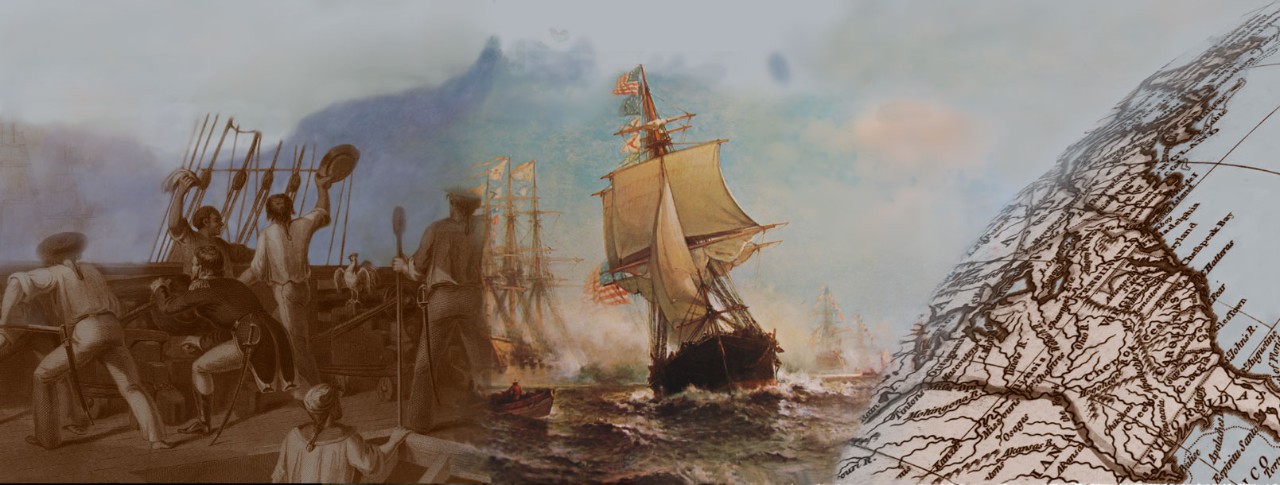
Turner, Richmond K.
Admiral Richmond K. Turner, USN (1885-1961)
Richmond Kelly Turner was born in Portland, Oregon, on 27 May 1885. Appointed to the U.S. Naval Academy from California in 1904, he graduated in June 1908 and served in several ships over the next four years. In 1913, Lieutenant (Junior Grade) Turner briefly held command of the destroyer Stewart. After receiving instruction in ordnance engineering and service on board the gunboat Marietta, he was assigned to the battleships Pennsylvania, Michigan and Mississippi during 1916-19.
From 1919 to 1922, Lieutenant Commander Turner was an Ordnance Officer at the Naval Gun Factory in Washington, D.C.. He then was Gunnery Officer of the battleship California, Fleet Gunnery Officer on the Staff of Commander Scouting Fleet and Commanding Officer of the destroyer Mervine. Following promotion to the rank of Commander in 1925, Turner served with the Bureau of Ordnance at the Navy Department. In 1927, he received flight training at Pensacola, Florida, and a year later became Commanding Officer of the seaplane tender Jason and Commander Aircraft Squadrons, Asiatic Fleet. He had further aviation-related assignments into the 1930s and was Executive Officer of the aircraft carrier Saratoga in 1933-34. Captain Turner attended the Naval War College and served on that institution's staff in 1935-38. He next commanded the heavy cruiser Astoria and took her on a diplomatic mission to Japan in 1939.
Captain Turner was Director of the War Plans Division in Washington, D.C., in 1940-41 and achieved the rank of Rear Admiral late in the latter year. He was Assistant Chief of Staff to the Commander in Chief, U.S. Fleet from December 1941 until June 1942 and was then sent to the Pacific war zone to take command of the Amphibious Force, South Pacific Force. Over the next three years, while holding a variety of senior Pacific Fleet amphibious force commands as both a Rear Admiral and Vice Admiral, he planned and executed the conquest of enemy positions in the south, central and western Pacific, contributing greatly to ultimate victory in the World's greatest naval war. In the rank of Admiral, he would have commanded the amphibious component of the invasion of Japan, had that nation not capitulated in mid-1945.
Following the end of World War II, Admiral Turner served on the Navy Department's General Board and was U.S. Naval Representative on the United Nations Military Staff Committee. He retired from active duty in July 1947. Admiral Richmond K. Turner died in Monterey, California, on 12 February 1961.
The guided missile frigate (later cruiser) Richmond K. Turner (DLG-20, later CG-20) was named in honor of Admiral. Turner.
This page features selected views of Admiral Richmond K. Turner.


